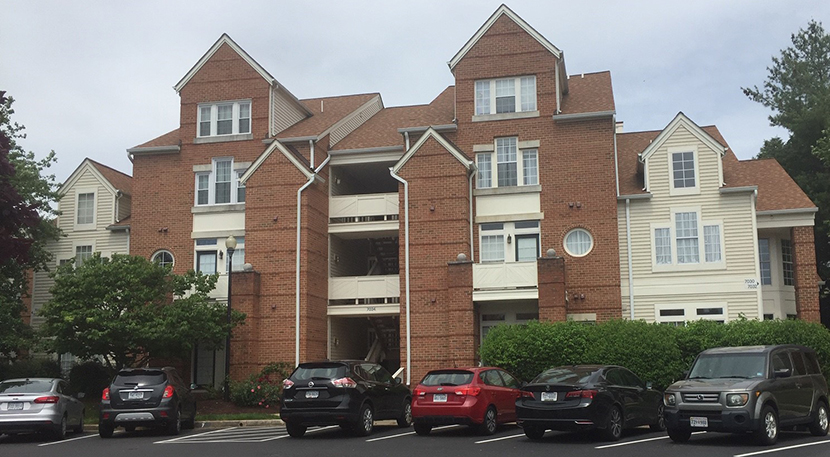
Lowering the Cost of Rental Housing

Local governments need to adopt “comprehensive and balanced” housing strategies to ensure everyone can access a stable and affordable place to live, said the Lincoln Institute of Land Policy, Cambridge, Mass.
In a new report, Through the Roof: What Communities Can Do About the High Cost of Rental Housing in America, Ingrid Gould Ellen and Mark Willis of New York University and Jeffrey Lubell of Abt Associates recommend several approaches to meeting the need for affordable housing, specifically focusing on the rental market, where millions of households face unsustainable cost burdens.
“Balanced housing strategies are those that address a range of housing challenges, rather than a single narrow one,” the authors wrote. “Focusing on the full range of needs is important for maximizing both the political acceptance of a local housing strategy and the likelihood that a community’s strategy will succeed.”
The report focuses on local government, where most decisions about housing and land use are made in the United States. “Local governments set the zoning rules that determine how many units can be built on a given piece of land and how many conditions landowners and developers must meet for permission to build at an economically viable density,” the authors said.
Nearly half of American renters now struggle to afford monthly rent payments, a figure that has doubled since 1960, the report said. Lower-income renters currently have less income remaining after paying rent than they did in 2000, and moderate-income renters have seen no change. Only higher-income renters have seen a small increase in this residual income.
“While there is some debate about the relationship between regulations and housing prices, on balance, the available evidence suggests that restrictions on the construction of new dwellings limit the supply of housing and contribute to higher prices,” the report said. “Examples of such restrictions include minimum lot sizes, bans on multifamily housing, minimum parking requirements and complex and uncertain permitting processes.”
But more permissive land-use policies cannot single-handedly solve the affordability crisis, the report said. Other factors that increase housing costs include the limited availability of land, the impacts of global investment capital, rising income inequality, stagnant incomes and a lack of innovation in the construction sector. “These challenges demand collaboration between the private sector and all levels of government to expand the stock of rental and for-sale housing with binding covenants that ensure long-term affordability and to protect residents from displacement,” the report said.
The authors included a four-part framework for local housing reform:
–Create and preserve dedicated affordable housing units: Local governments can adopt policies designed to create and preserve housing that stays affordable over time to low- and moderate-income households, the report said. Examples include direct subsidies for dedicated affordable housing and inclusionary housing, in which a portion of new homes are rented or sold below the market rate.
–Reduce barriers to new supply: To expand the overall housing supply, communities can relax zoning and other regulations, provide incentives for desired housing development and shift the property tax to assess land at a higher rate than buildings, which encourages landowners to develop or sell vacant parcels.
–Help households access and afford private-market homes: Policies in this category include providing assistance to lower-income residents to help them afford private rentals and enforcing fair housing laws to combat discrimination.
–Protect against displacement and poor housing conditions: Communities can create stability for renters by enacting protections that limit the rate of rent increases and provide financial and legal help to renters at risk of eviction, the report said. Communities can also use regulations and incentives to encourage apartment owners to maintain apartments in good condition rather than selling them for conversion to higher-priced housing.
